About
Freshwater ecosystems play pivotal roles as sentinels, integrators, and regulators of climate change. My research takes an interdisciplinary approach to understanding biogeochemical cycling within freshwater systems by combining limnology, aquatic chemistry, isotope biogeochemistry, sedimentology and geomicrobiology. Currently, I am focused on urban freshwater environments, but this work has extended to Arctic environments as well. Using these mixed methodologies, I have two major projects I am working on: 1) identifying micropollutants in urban freshwater environments and 2) understanding greenhouse gas emissions related to disturbance events. Each of these includes societal implications and includes community outreach.
2015 Ph.D., Indiana University, Bloomington (Geology)
Dissertation: “Biogeochemical cycling of methane within adjacent closed-basin lakes on the margin of the Greenland Ice Sheet”
2011 M.S., University of Tennessee, Knoxville (Geology)
Thesis: “Constraining martian sedimentation via analysis of stratal packaging, intracrater layered deposits, Arabia Terra, Mars”
2008 B.A. cum laude, Mount Holyoke College, South Hadley, MA (Geology; minor in Biogeochemistry)
Honors Thesis: “Carbon isotope stratigraphy of Upper Cretaceous deposits of the Dalmatian Island of Brac, Croatia”
Research
My current research focuses on microplastics in water, with an emphasis on community science and visualization:
When water comes out of our tap, it appears clear. But clear water isn’t always clean water— the invisibility of particulates in our water creates a false sense of “emptines” or purity. In fact, tap water contains a wide variety of dissolved materials, even though, in the United States, it has been filtered prior to coming out of our tap. In looking at samples of tap water collected from all over Troy, NY, we found an abundance of microplastic particles, with an average concentration of 156 microplastic particles per liter of water. In the ordinary practice of drinking water, we find extraordinary evidence of the impacts of the Anthropocene. While this concentration is high, this could be expected, as microplastics are ubiquitous in our environment and have been identified in the world’s most isolated environments. This ubiquity evinces the pervasiveness of their source material—the plastics that are all around us, in our clothes, cosmetics, electronics and packaging. Plastic particles break down to microplastics, which makes them more widespread, but harder to see.
Analyzing samples of “clear” water in the laboratory allows us to understand the quantity, morphology, and polymer chemistry of these microplastics. But how can we really understand something we cannot see? Visual images are integral to knowledge construction, allowing the apparatus of the scientific “eye” to bring form and shape to the global phenomenon of microplastics pollution. The images created at Nature LAB begin to unveil the nature of microplastics as such.
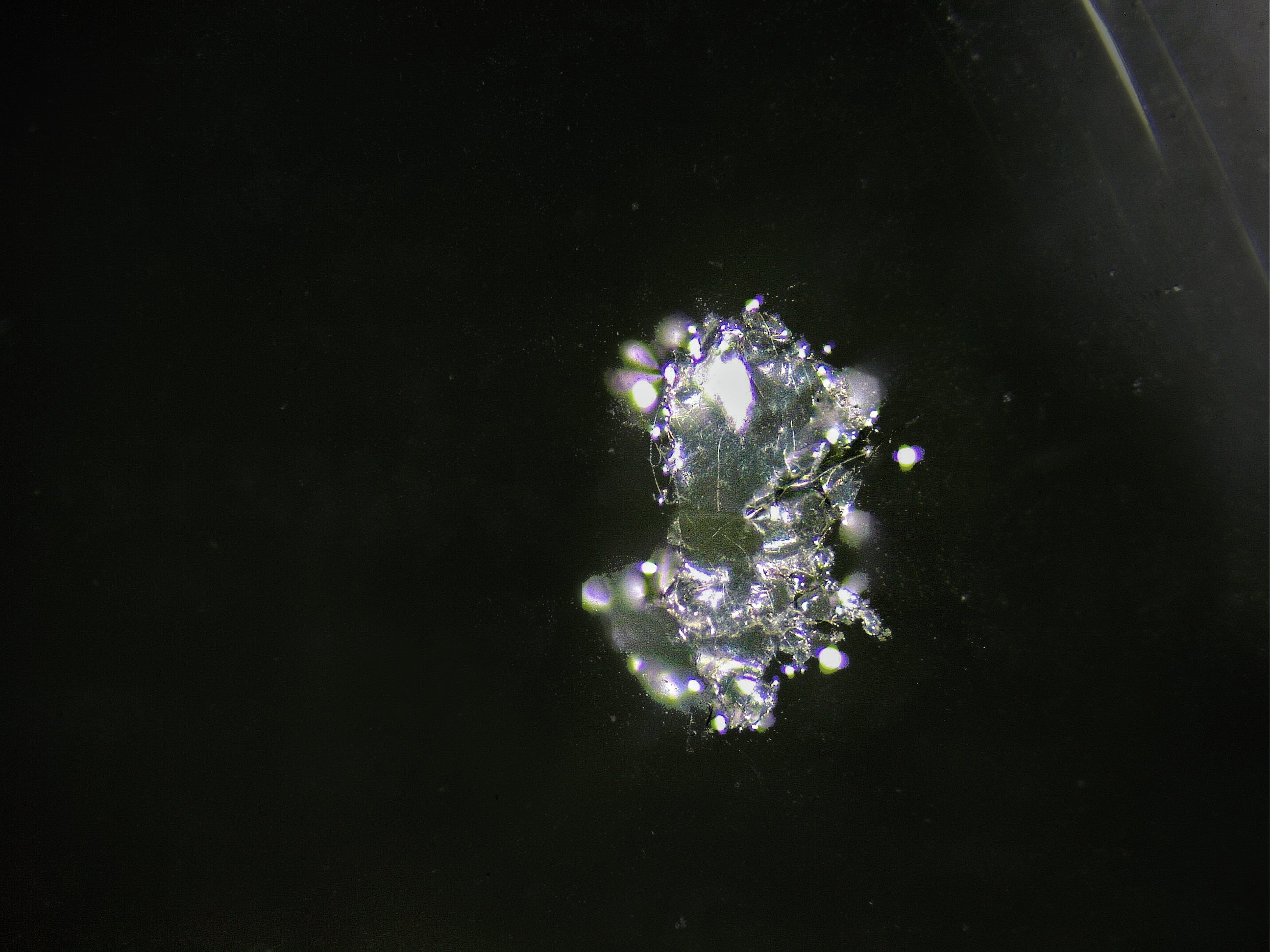
Image from Allie E.S. Wist
Teaching
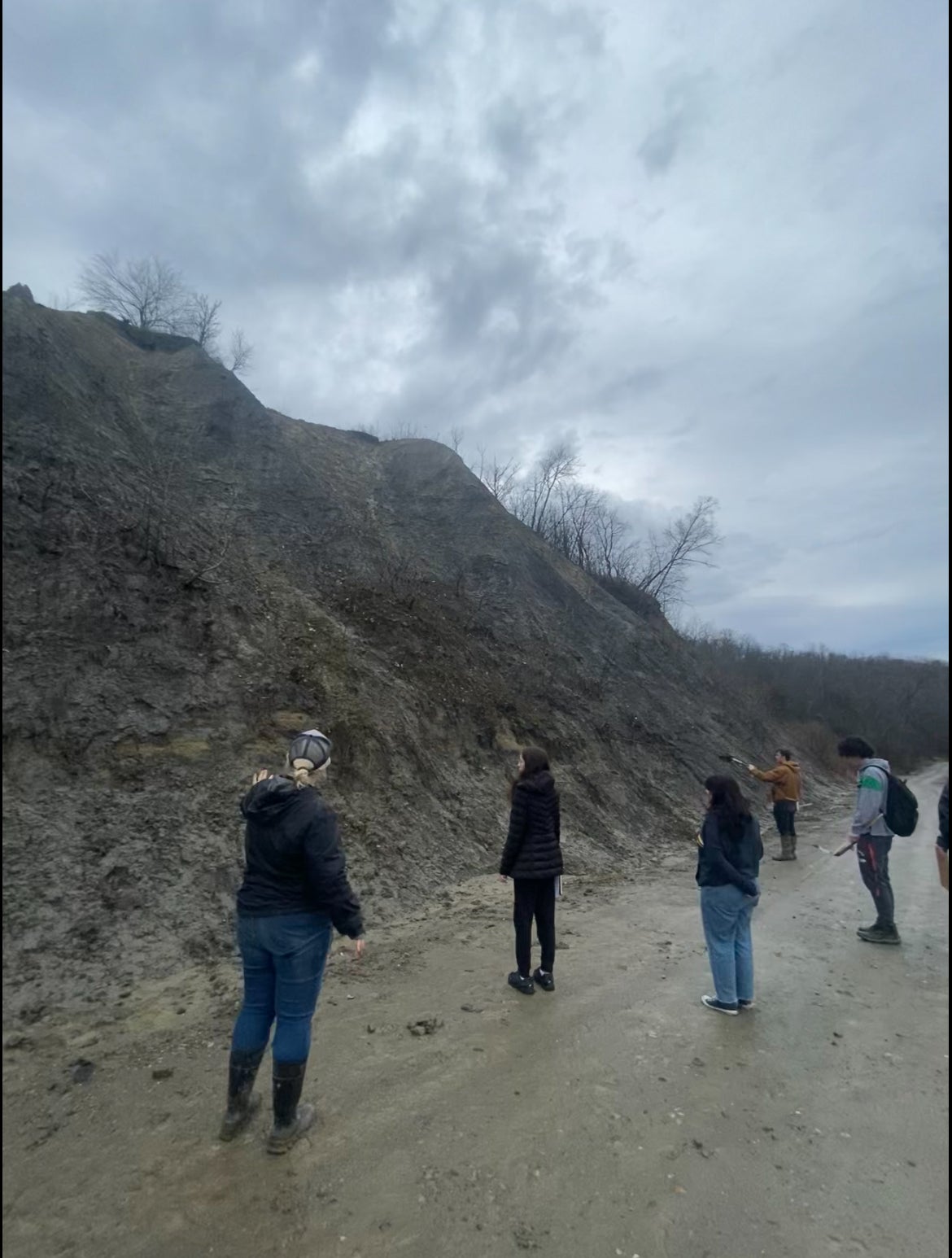
For Fall 2024: By appointment.
- Geology 1: Earth's Interior (Fall)
- Geology 2: Earth's Surface (Spring)
- Introduction to Geobiology (Fall)
- Environmental Seminar (Spring)
- One Mile of the Hudson River (Fall)
- Earth's Climate: Past, Present and Future (Spring)
- GIS for Sciences (Spring)
- Planet Earth (Summer)
Publications
The following is a selection of recent publications in Scopus. Sarah Cadieux has 11 indexed publications in the subjects of Earth and Planetary Sciences, Earth and Planetary Sciences, Earth and Planetary Sciences.
Media Appearances
Community Engagement
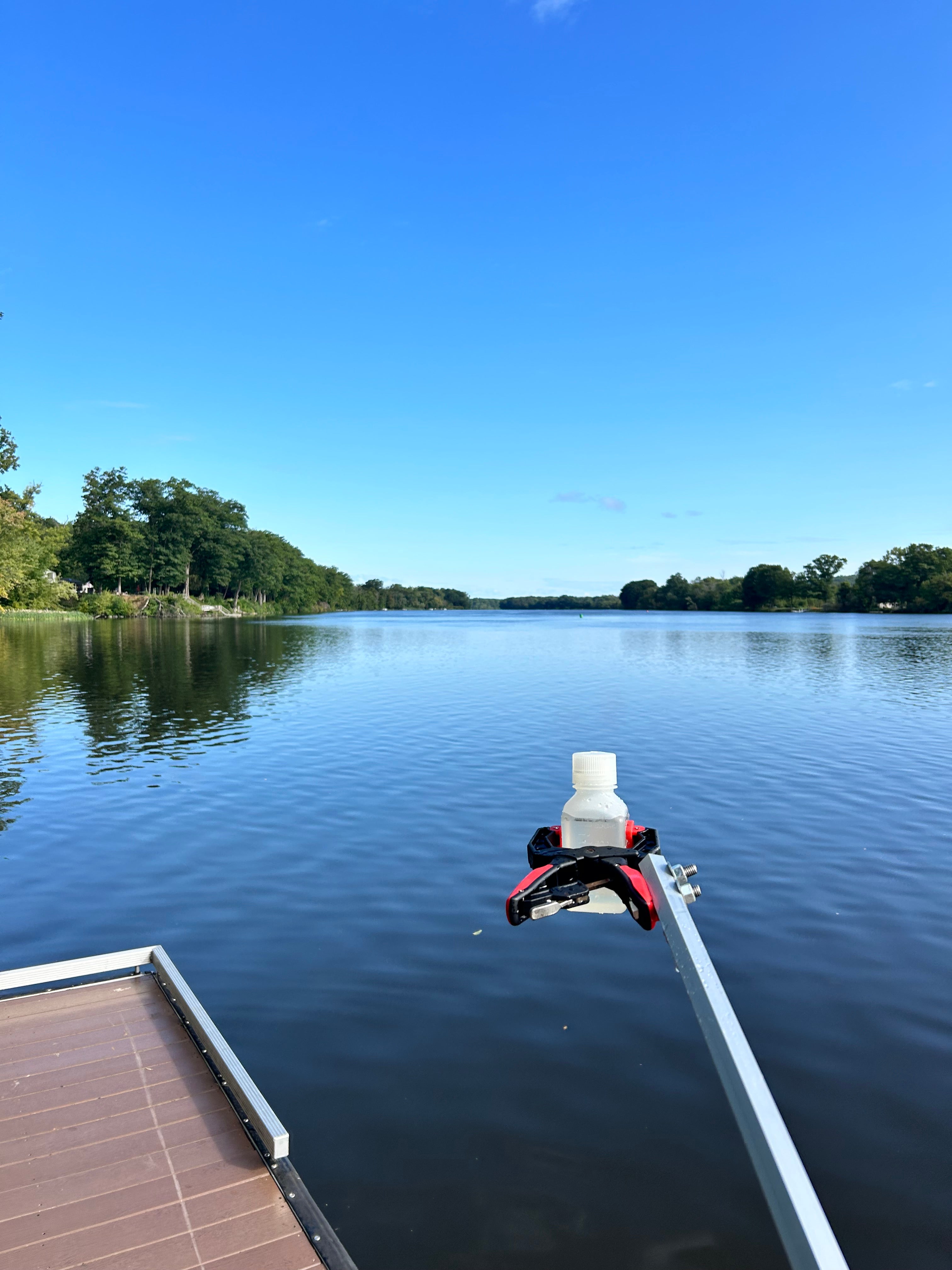 Board of Directors, Hudson River Watershed Alliance
Board of Directors, Hudson River Watershed Alliance- Steerling Committee, Riverkeeper Hudson River Water Quality Monitoring Collaborative
- NATURE Lab: Microplastics Research with Dr. Sarah Cadieux
SciArt
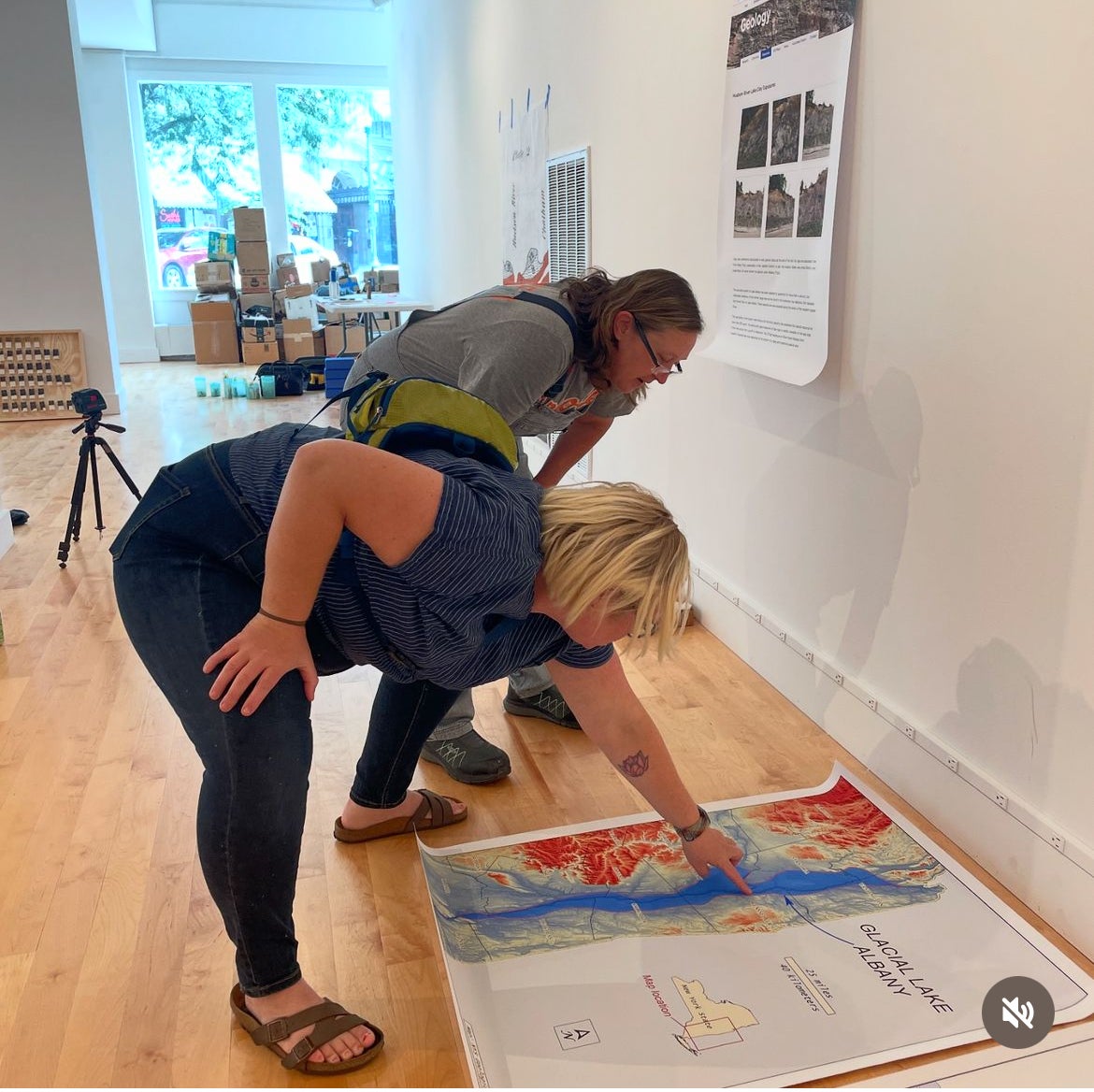
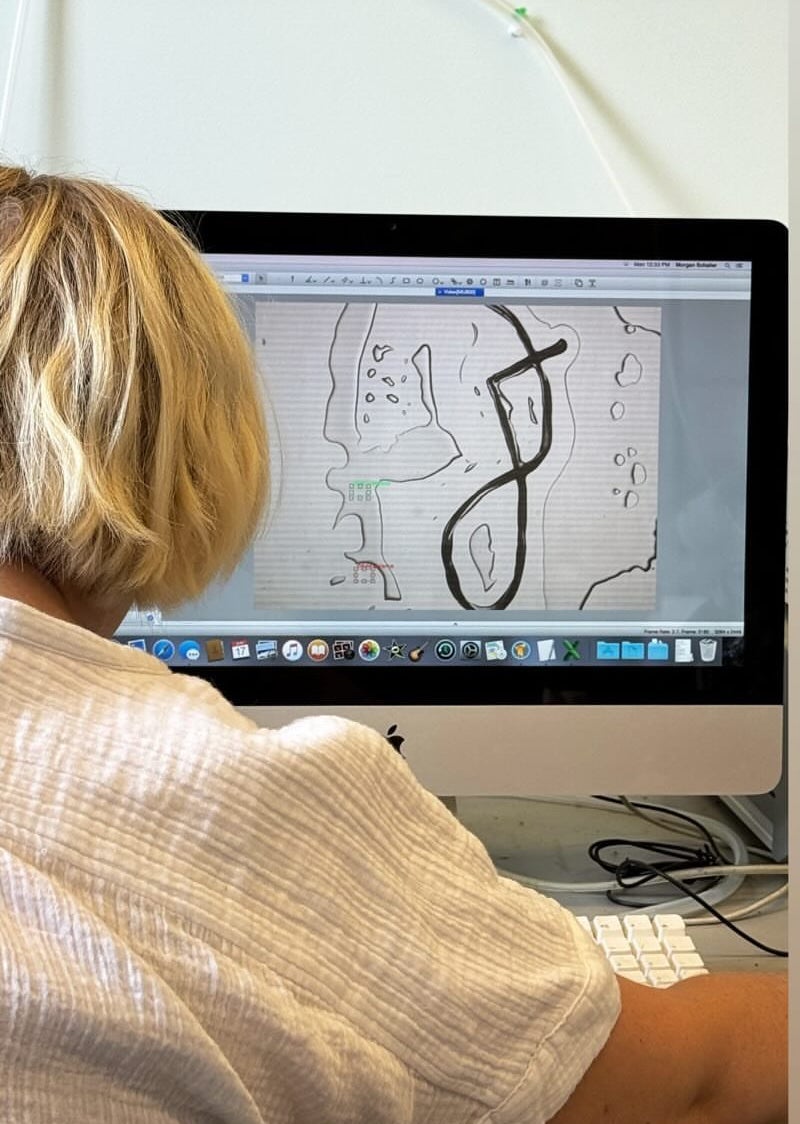
Little Brown Jug + Dig Deeper: [some] Art, Science and History of Troy Clay
What am I drinking? Intimacy with microplastics and pervasive exposure. FEMeeting 2024 with Allie Wist